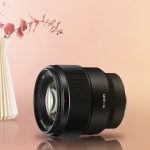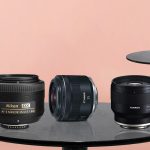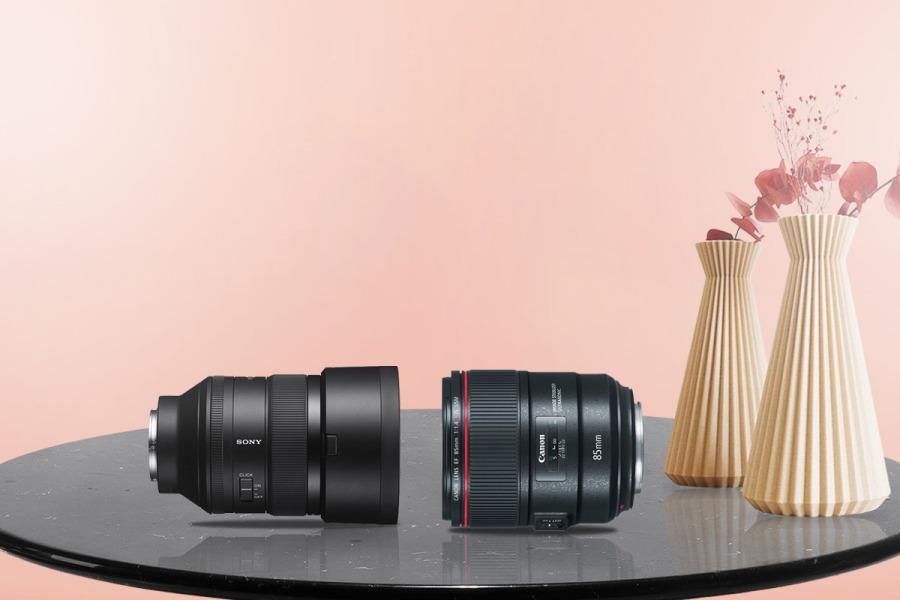
Lenses can be tricky and challenging to pick for every photography enthusiast. Many photographers choose 85mm camera lenses due to their versatility in use. Catching stunning portrait pictures by isolating the main subject is easier with an 85mm lens.
In this article, you will find the best 85mm lens you can find on the market!
A Quick Look at My Favorite 85mm Lenses
| Image | Product | Features | Price |
|---|---|---|---|
Best For Video Recording  | 10 | Check Price On Amazon | |
Best Budget  | 8.6 | Check Price On Amazon | |
Best For Image Stabilization  | 8.5 | Check Price On Amazon | |
Best For Bokeh Photography  | 8.8 | Check Price On Amazon | |
Best Overall  | 8.6 | Check Price On Amazon |
Key Takeaways
- Despite buying several lenses for various uses, most photographers like 85mm lenses because of their versatility, increasing the image’s quality.
- Since it is the most significant overall and has a lot to offer, the Sony FE 85mm f/1.4 GM Lens would be my ideal choice if you seek my opinion.
- The Sigma 85mm f/1.4 DG HSM Art Lens is a fantastic buy if you’re into bokeh photography, especially if you like to shoot at night.
- Using an 85mm lens has various advantages, including removing the distracting backdrop and giving the subject some breathing room.
The Top 5 Best 85mm Lenses
5. NIKON NIKKOR Z 85mm f/1.8 S- Best For Video Recording
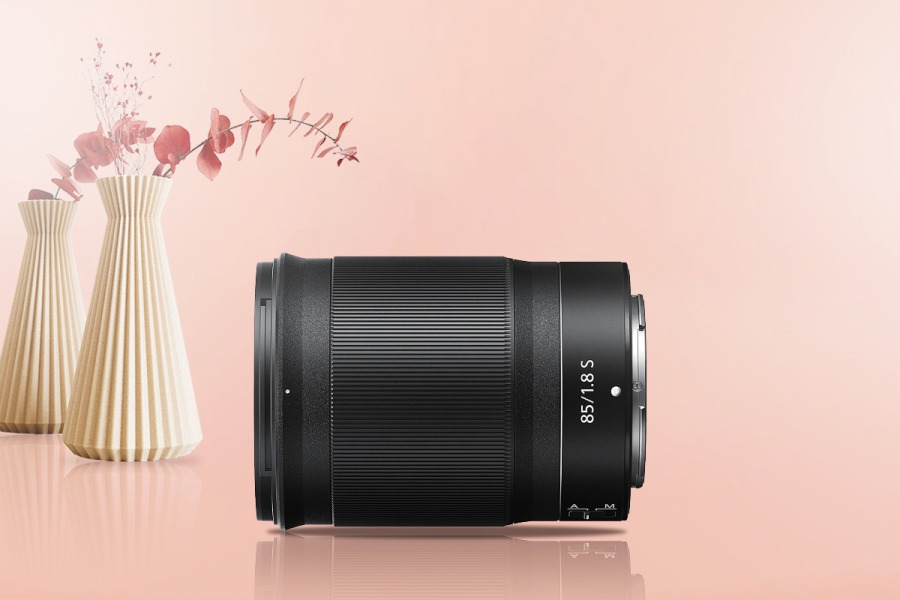
What I Like
- Sturdy build
- Quick autofocus
- Amazing Optics
- Dust and splash protection
What I Don’t Like
- Omits fluorine protection
S-Line is Nikon’s top expanding quality product. With NIKON NIKKOR Z 85mm f/1.8 S series, they made a pretty light lens for easy hand-holding. The portrait lens is built to be used for a long period of time and is really hard to be scratched.
The importance of the lens stands in the ability to give you the perfect shot in every weather condition. Featuring dust, moisture, and drip-resistant character helps a lot.
The NIKON NIKKOR Z 85mm f/1.8 S portrait lens features a customizable Control Ring that allows you to use quiet aperture control. That means when you shoot in absolute silence, the iris makes a great transition either while recording a video or shooting a photo.
The lens absolutely owns it while performing in natural video recordings. It has a quiet AF system and really smooth aperture settings. If you plan to shoot documentaries, interviews, or b-roll footage or you want to tell a story in sharp detail, NIKON NIKKOR Z 85mm f/1.8 S will be a suitable lens.
For chromatic aberrations, NIKON NIKKOR Z 85mm f/1.8 S avoids any unnecessary color distortion. There is ED (Extra-Low Dispersion) Glass to take care of that, and this results in amazing image quality. Anti-reflection with Nano Crystal coating is another tool that helps with the reduction of ghosting and flare. To prevent fringing, just come closer to the targeted subject and you’ll be fine.
The autofocus of this portrait lens is excellent in speed and precision. Using a “focus-by-wire” stepping motor (STM), this lens is doing everything that you programmed it to do.
- Lens Type: Telephoto
- Lens Mount: Nikon Z
- Focal length: 85mm
- Elements: 12 Elements
- Groups: 8 Groups
- Angle of view: 28° 30′
- Diaphragm Blades: 9 Rounded
- Closest focusing distance: 2.62′ / 80 cm
- Maximum magnification ratio: 0.12x
- Maximum aperture: f/1.8
- Minimum aperture: f/16
- Filter size: 67 mm (Front)
- Dimensions: 3.89 x 2.95 x 2.95 inches
- Weight: 1.04 lbs.
Why should you buy it?
If you need an 85mm lens for videos, let me say that NIKON NIKKOR Z 85mm f/1.8 S is one of those that will help you go through videos in the best way possible. There is also the perfect focusing ability.
Sample Pictures of NIKON NIKKOR Z 85mm f/1.8
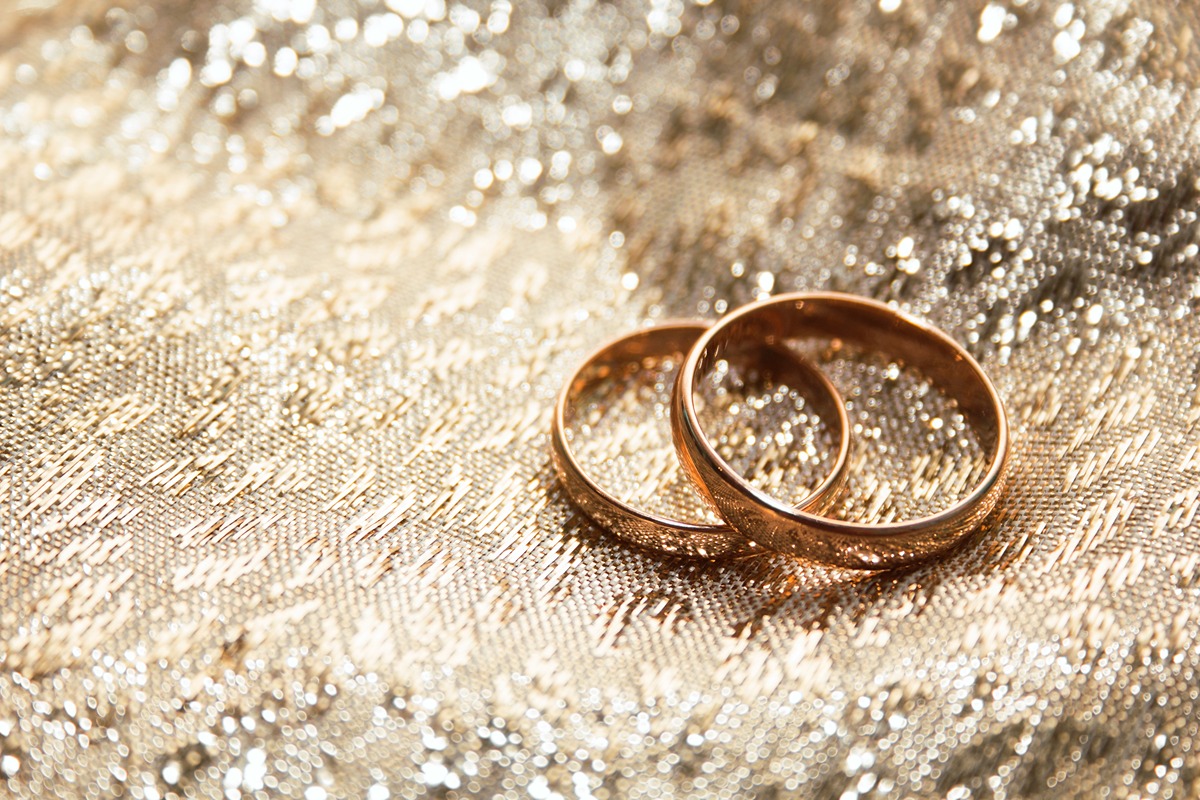
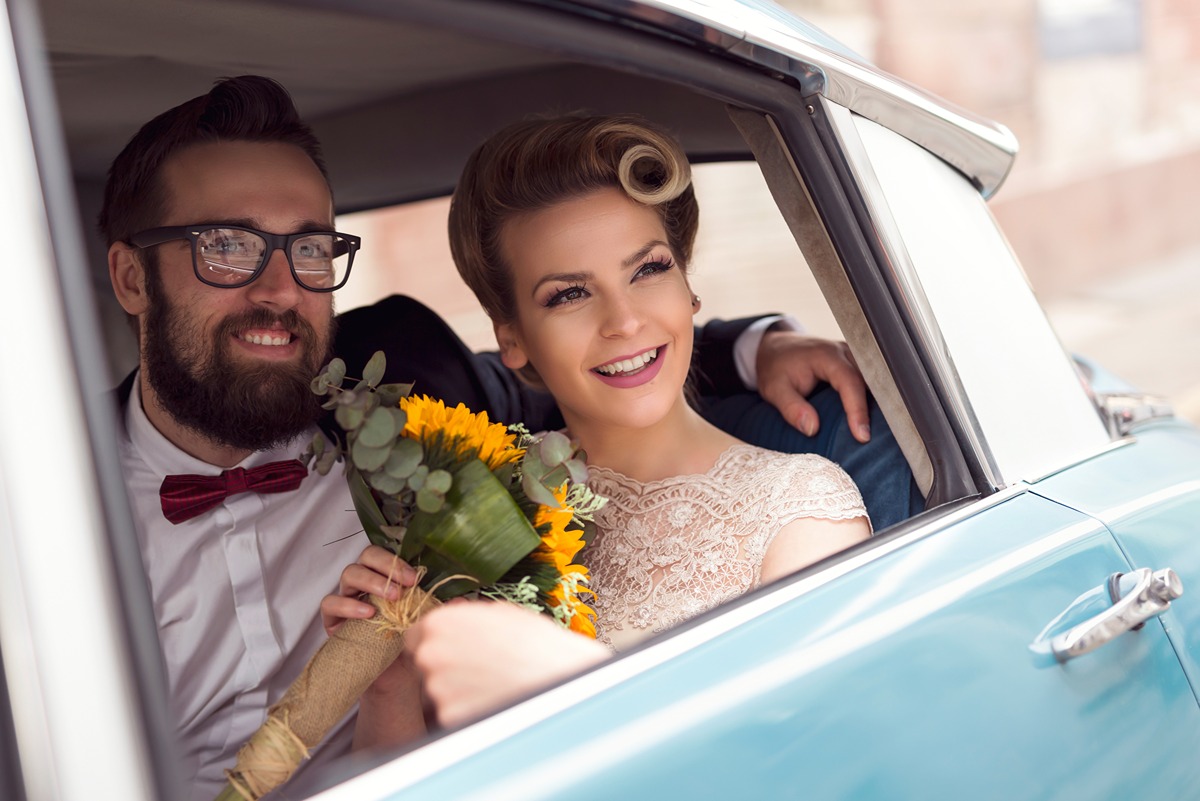
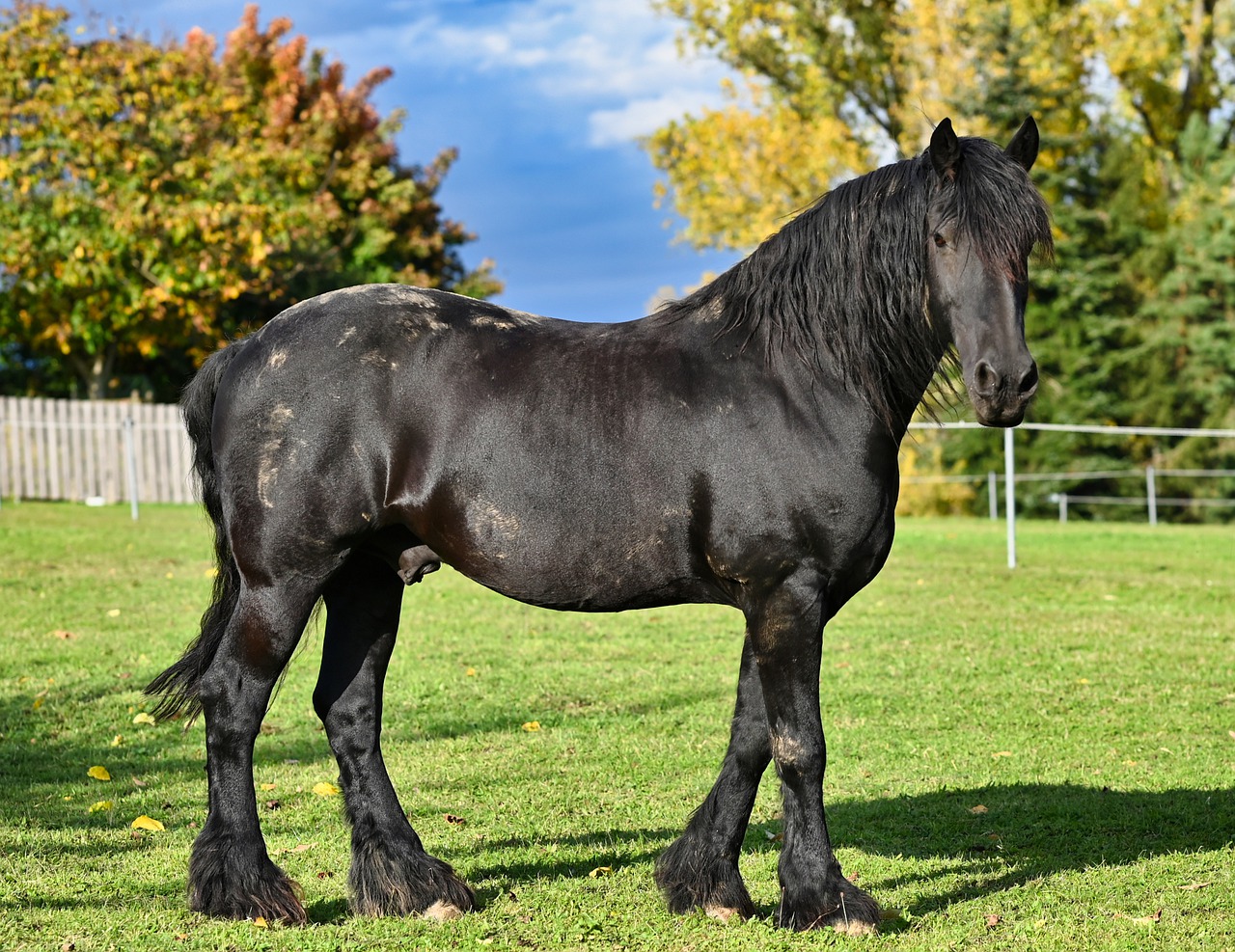
4. Sony SEL85F18 85mm F/1.8-22- Best Budget
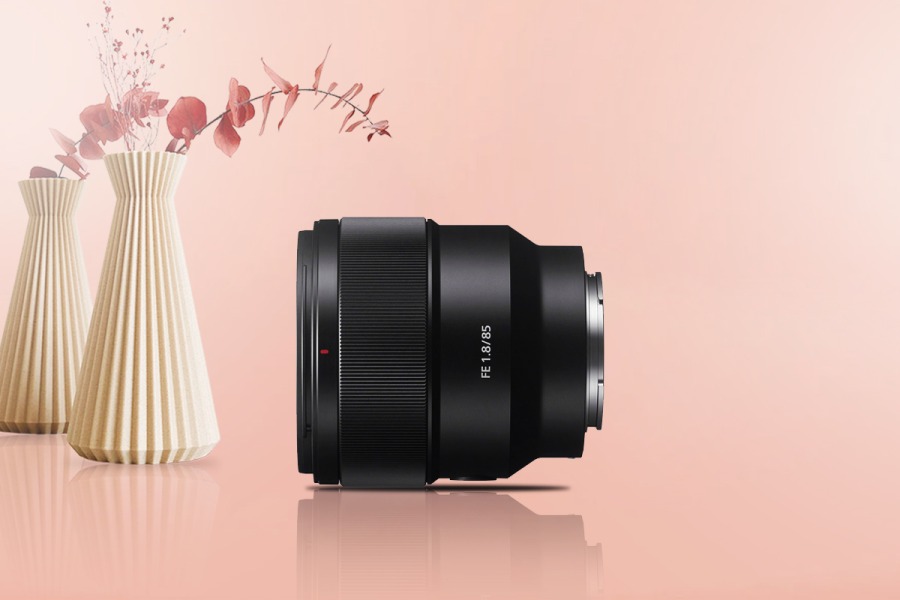
What I Like
- Very sharp
- Dust and moisture resistant
- Bright aperture
What I Don’t Like
- Omits image stabilization
Sony’s SEL85F18 85mm F/1.8-22 lens has a lightweight construction and sleek overall design. We know that lenses come at a high cost, but this is not the case with this series. The lens proves to be best for the offered price point.
The bright aperture of Sony’s SEL85F18 85mm F/1.8-22 lens is a real profit gained from fine-tuned control over the depth of field. Difficult conditions, say no more with this lens. It performs its best in every weather condition because it’s weather-sealed.
Featuring extra-low dispersion elements to fully prevent chromatic aberrations and color fringing, Sony SEL85F18 85mm F/1.8-22 lens elicits great picture clarity, accuracy and image quality.
The AF works with a double linear motor system to provide the required smoothness and silence that you are not expecting from the budget camera. Also, the focus hold button keeps the same focusing position for extra functions, and you can choose the AF or MF according to preference.
Taking detailed portraits with a medium telephoto zoom lens is easy. The aim is to fill the gap between the standard zoom lens and the long zoom lens. So, you don’t have to approach too close for a single sharp photo. Even if you crop the taken portrait to 1,200 × 900 pixels, the sharpness will still remain. It’s an amazing lens for shooting portraits. Not only that, but it can be used in other fields too. I use this lens for photographing cars and other fancy objects.
Creating bokeh photography with Sony’s SEL85F18 85mm F/1.8-22 lens is a nice bonus for this offered price point.
- Lens Type: Telephoto
- Lens Mount: Sony E
- Focal length: 85mm
- Elements: 9 Elements
- Groups: 8 Groups
- Angle of view: 29°
- Diaphragm Blades: 9, Rounded
- Closest focusing distance: 2.62′ / 80 cm
- Maximum magnification ratio: 0.13x
- Maximum aperture: f/1.8
- Minimum aperture: F/22
- Filter size: 67 mm (Front)
- Dimensions: 4.49 x 3.82 x 4.69
- Weight: 0.81 lbs.
Why should you buy it?
In case you are on a tight budget but still need a precise 85mm lens, this one native to the Sony brand is a very sharp telephoto lens that will help you bring out the best ohotographs. It can capture very clear pictures.
Sample Pictures of Sony SEL85F18 85mm F/1.8
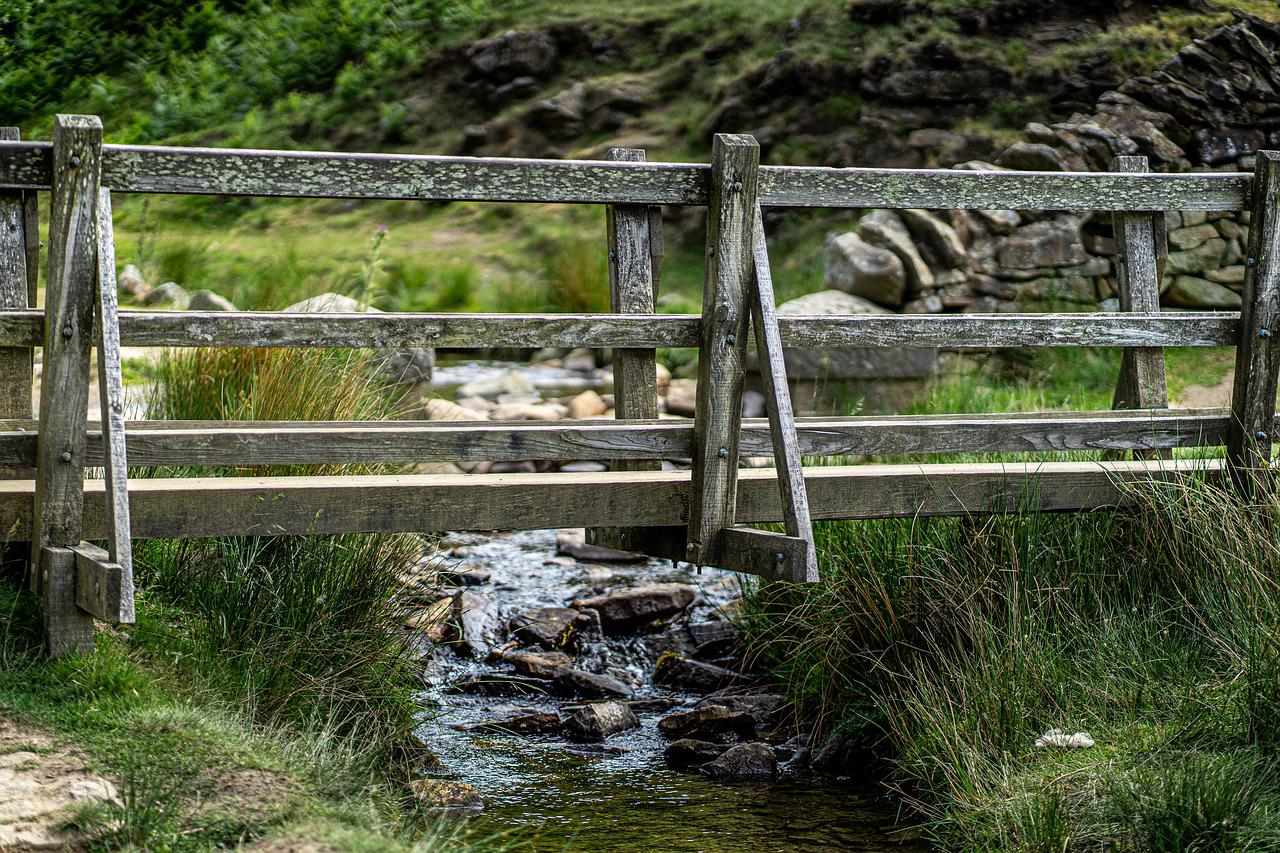
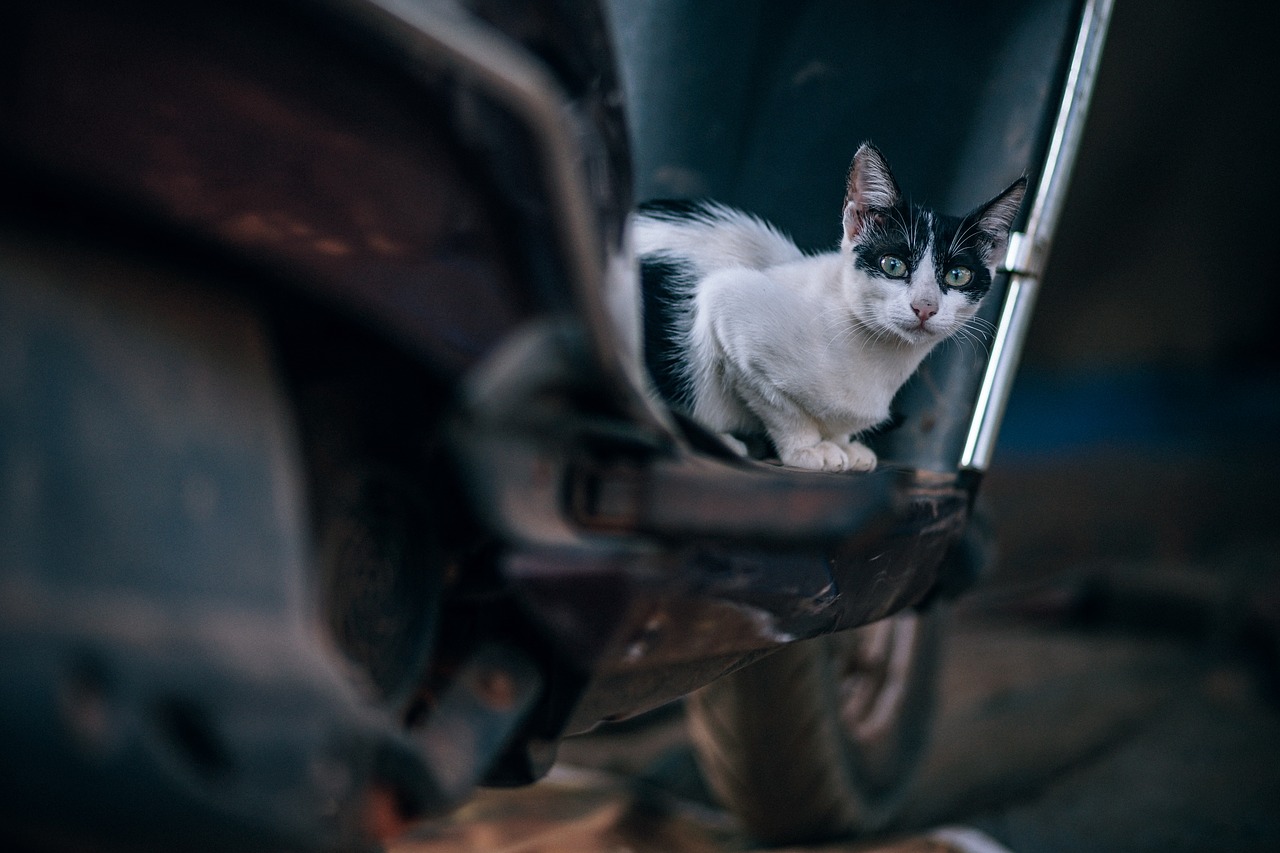

3. Canon EF 85mm f/1.4L IS USM- Best For Image Stabilization
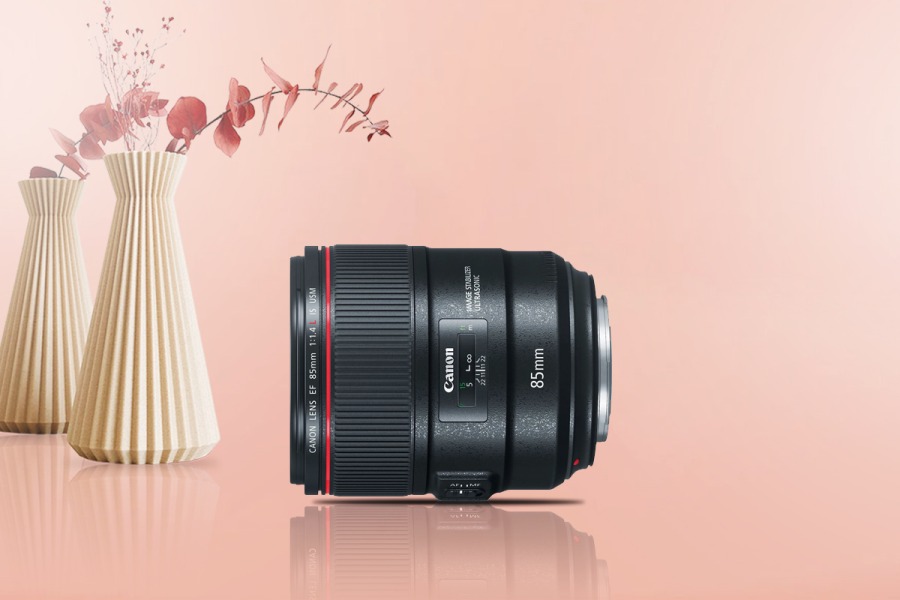
What I Like
- Great sharpness
- Optical stabilization
- Fluorine lens coat
- Dust and splash protection
What I Don’t Like
- Expensive
The durability is considered the advanced feature of this medium telephoto lens. The required resistance against dust and water is found in Canon EF 85mm f/1.4L IS USM lens too. Besides being peel resistant and weather-sealed, it features a fluorine coating for easy cleaning.
For high-contrast images, there is the molded glass (GMo) aspherical lens. Having an Image Stabilizer, EF 85mm f/1.4L IS USM is provided with Canon’s Air Sphere Coating (ASC) technology for visibly reducing flare and ghosting from the reflection of any lighting. Image stabilization is great in this lens.
Canon EF 85mm f/1.4L IS USM lens hands over up to 41 stops (CIPA Standard) of stabilization letting you use it for different types of occasions.
The circular blades in the Canon EF 85mm f/1.4L IS USM lens is highly beneficial to showing the intimate details, not only in the focused area but also in the backgrounds with soft touching.
Portraits in this prime lens are mainly designed to give you notable focusing techniques even in poor lighting.
Autofocus is super fast and accurate in critical silent moments. That means catching quickly the moving portraits of your chosen subject is easy. A big thanks to the Ultrasonic ring-type motor that outperforms strongly in manual focus mode too.
Yes, taking portrait shots in this 85mm lens is ideal, but you can also take headshots and detail work aiming for advertisement or pleasure reasoning. Great technologies, great image stabilization, great image quality and a ton of other features make this the perfect 85mm lens.
- Lens Type: Telephoto
- Lens Mount: Canon EF
- Focal length: 85mm
- Elements: 14 Elements
- Groups: 10 Groups
- Angle of view: 28° 30′
- Diaphragm Blades: 9 Rounded
- Closest focusing distance: 2.79′ / 85 cm
- Maximum magnification ratio: 0.12x
- Maximum aperture: f/22
- Minimum aperture: f/1.4
- Filter size: 77 mm (Front)
- Dimensions: 4.1 x 3.5 x 3.5
- Weight: 2.09 lbs.
- Great for shooting portraits
Why should you buy it?
With four stops of shake correction, this lens from Canon will be the best one to use while taking action pictures when there is a lot of movement. It will bring the best out of image stabilization.
Sample Pictures of Canon EF 85mm f/1.4L IS USM

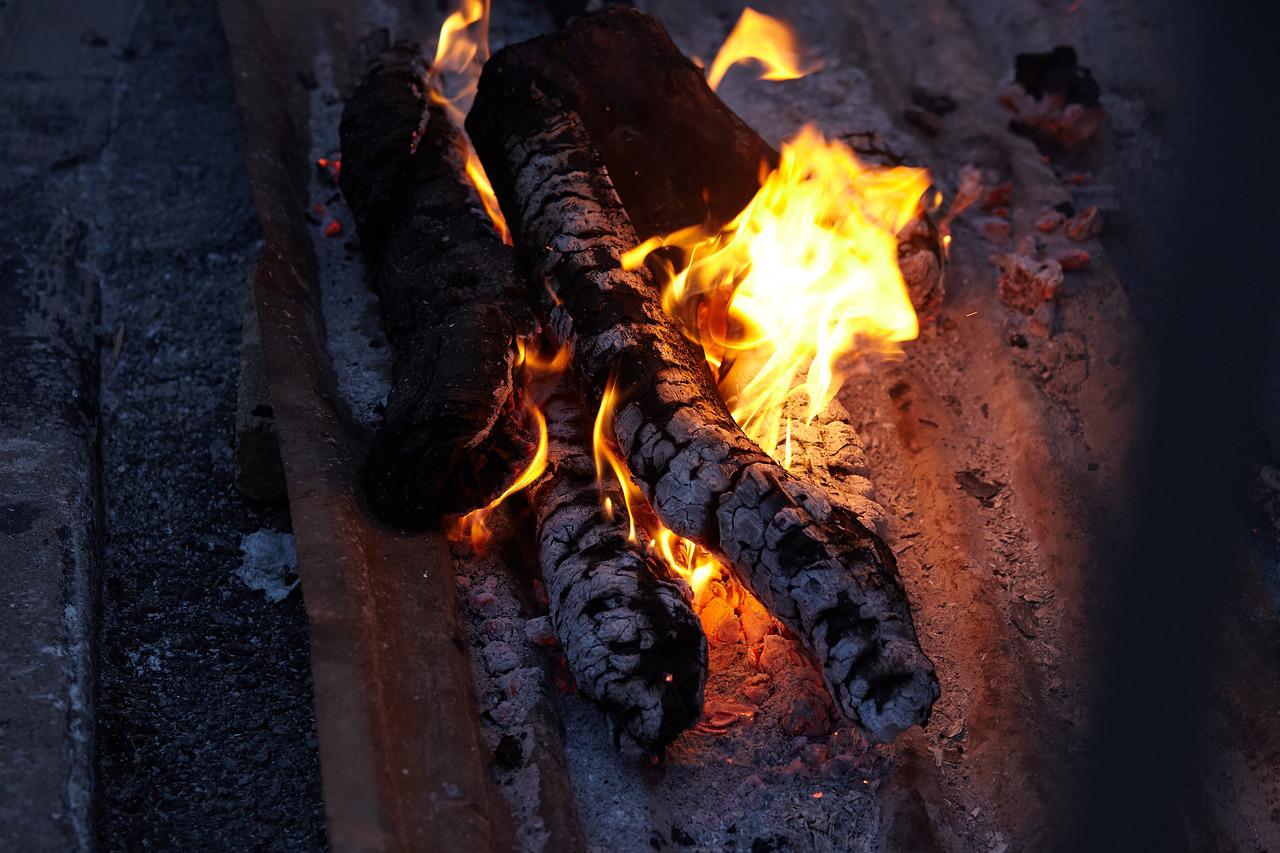

2. Sigma 85mm f/1.4 DG HSM Art Lens- Best For Bokeh Photography
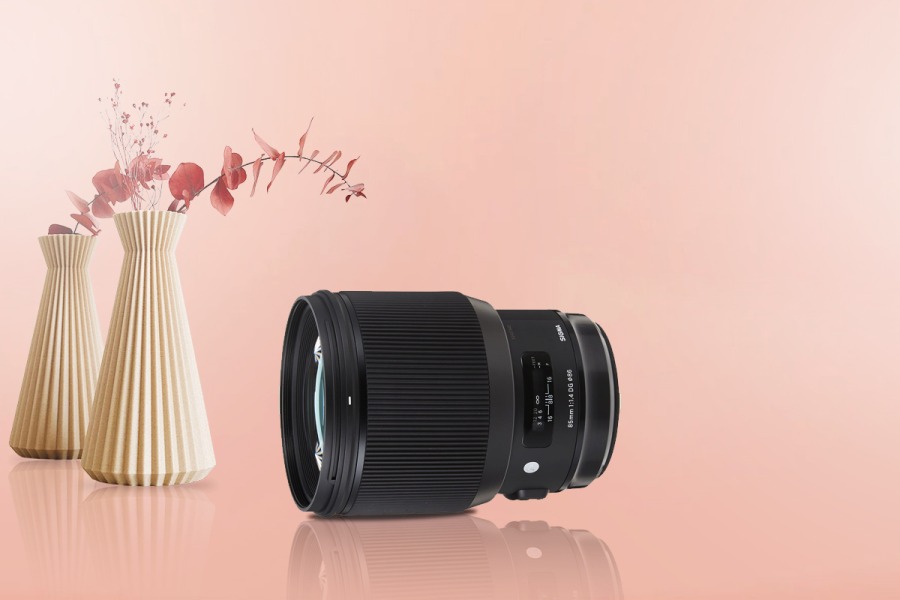
What I Like
- Very sharp
- No distortion
- Bright aperture
- Even illumination
What I Don’t Like
- Heavy
- No image stabilization
Sigma 85mm f/1.4 DG HSM Art is constructed to live a long life and to handle a few harsh drops without breaking apart. However, if you plan to hold it for hours, it will become very tiring. All I’m saying is not possible to hold it for more than a few hours because it gets heavier.
Special low dispersion (SLD) glass elements and optimized power distribution help to decrease chromatic aberrations at the maximum point.
The focal length technology in Sigma 85mm f/1.4 DG HSM Art leaves behind a great quality of portrait photography. Everything is very well put together in sense of preventing ghosting and high contrast. Shout out to Super Multi-Layer Compensation (SML) for making sure the clarity and sharpness are with no virtual streaking.
Sigma 85mm f/1.4 DG HSM Art is owning the self-made A1 MTF (Modulation Transfer Function) measurement system. It uses the 46 megapixel Foveon direct image sensor to help you achieve the most desirable details in every shot.
Sigma 85mm f/1.4 DG HSM Art has a redesigned engine to ensure the 1.3 times more speed than previous predecessors. Create your art at the maximum speed possible.
The AF in this lens has no focus switch between automatic and manual focus. Just turn the focus ring and will switch in between. The precision of autofocus is unquestionable especially in this lens for bokeh photography, thanks to the aperture and the blades for the delighted results.
- Lens Type: Telephoto
- Lens Mount: Canon EF
- Focal length: 85mm
- Elements: 14 Elements
- Groups: 12 Groups
- Angle of view: 28.6°
- Diaphragm Blades: 9 Rounded
- Closest focusing distance: 33.46″ / 85 cm
- Maximum magnification ratio: 0.12x
- Maximum aperture: f/1.4
- Minimum aperture: f/16
- Filter size: 86 mm (Front)
- Dimensions: 3.4 x 3.4 x 3.4
- Weight: 2.49 lbs.
Why should you buy it?
The Sigma 85mm f/1.4 DG HSM Art Lens is for those who need an 85mm lens to create the coolest and the best bokeh effect. It will help you capture some amazing portraitures without editing them!
Sample Pictures of Sigma 85mm f/1.4 DG HSM Art Lens



1. Sony FE 85mm f/1.4 GM Lens- Best Overall
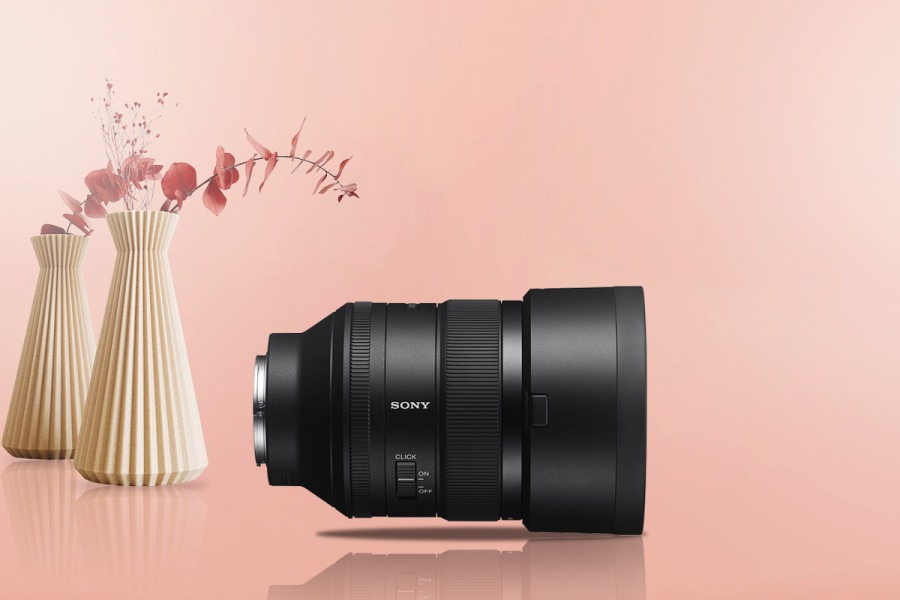
What I Like
- Extremely sharp
- Dust and splash protection
- No distortion
- Focus hold function
What I Don’t Like
- Pricey
- Dimmed corners at f/1.4
Sony FE 85mm f/1.4 GM Lens is part of Sony’s G Master series and it is designed to be a super fast and fully featured camera lens. It manages to work at its best in hot and cold temperatures due to the dust and moisture resistance support. Shooting portraits is a breeze for this lens.
Sony FE 85mm f/1.4 GM is a short-telephoto prime lens that takes outstanding portraits with its advanced ability to isolate the targeted subject. Every detail is highly emphasized in absolute sharpness and clarity.
Sony FE 85mm f/1.4 GM Lens 11 blades are letting you take amazing bokeh effect photography leaving fully eye-pleasing quality for portraits, events, and any situation you may want to include in your frame.
The physical ring flows smoothly in a de-click position to be redirected into a silent aperture for better video recordings.
The aperture on the other side is able to work through tough lighting situations and gives you total control over focusing while using a shallow depth of field process.
Speaking of autofocus, Linear Super Sonic wave Motor (SSM) autofocus technology is handling every frame with a selective focus approach. The switch between auto and manual focus is placed in the barrel to control the tactile settings while shooting.
Sony FE 85mm f/1.4 GM supports Nano AR Coating to decrease any reflection, flare, or ghosting. The color contrast is expanded even in the poor lighting. Also, One XA and Three extra-low dispersion elements drop the chromatic aberration and fringing. Definitely the best 85mm lens in its category.
- Lens Type: Standard
- Lens Mount: Sony E
- Focal length: 85mm
- Elements: 11 Elements
- Groups: 8 Groups
- Angle of view: 29°
- Diaphragm Blades: 11 Rounded
- Closest focusing distance: 2.62′ / 80 cm
- Maximum magnification ratio: 0.12x
- Maximum aperture: f/1.4
- Minimum aperture: f/16
- Filter size: 77 mm (Front)
- Dimensions: 8.3 x 5 x 5.5
- Weight: 1.81 lbs.
Why should you buy it?
This 85mm prime lens from Sony will do an impressive job in any type of photography. It is one of those lenses with many built-in features, and it is easy to be used by both beginners and professional photographers to use.
Sample Pictures of Sony FE 85mm f/1.4 GM Lens

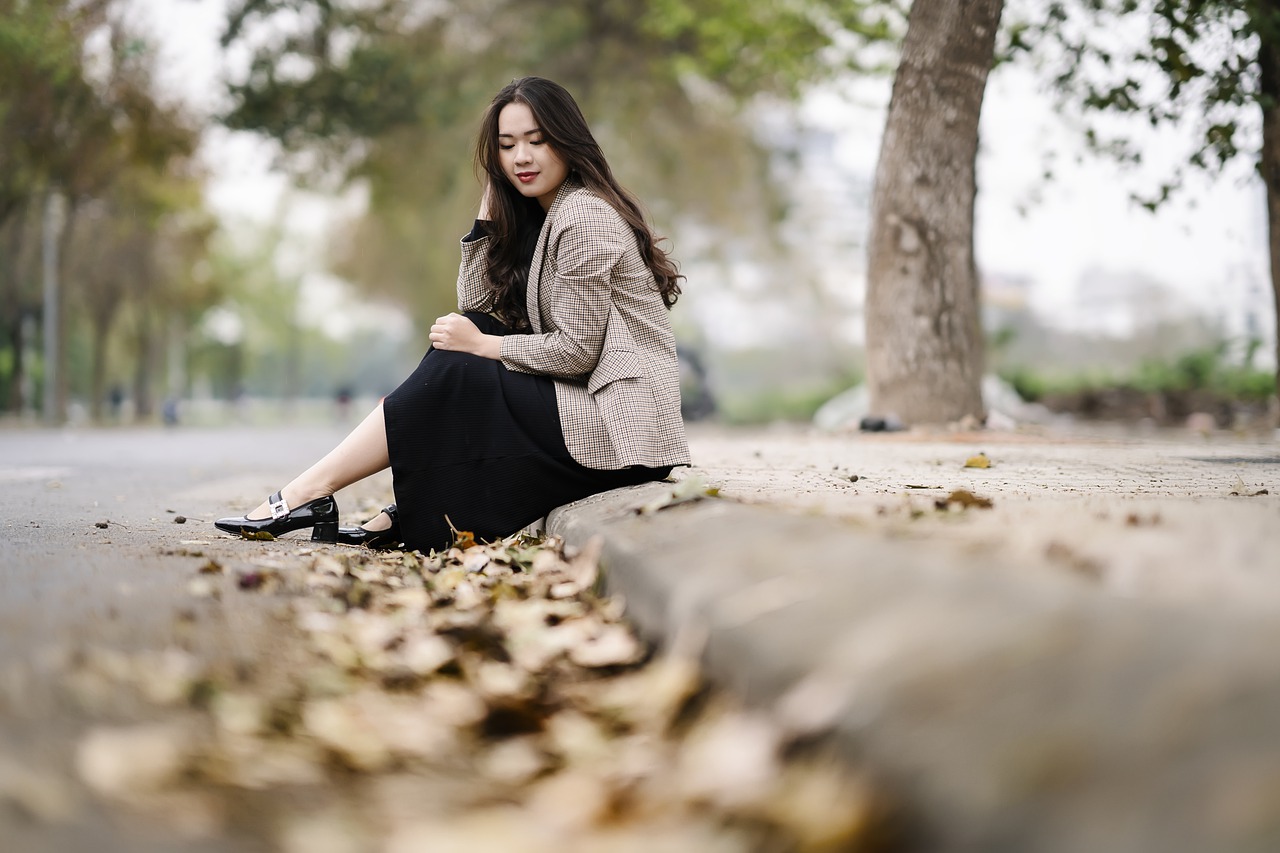

The 5 Benefits of 85mm Lens For Portrait Photography
If you think 85mm lenses are limiting you to only portrait photography, means you didn’t understand the assignment correctly. Ok, it may be the best choice for portrait photography, but there is more than that.
Let’s find out what else you can do with 85mm lenses.

- Bokeh Photography– represents the most famous alternative photography kind. In brief, the term is used for focusing on the front (subject) and leaving the background out of the line by blurring it.
- Visible Emotions– Yes, you can catch every emotion of your subject because the expressions usually are great storytellers.
- Eliminate Unpleasant Background – if you know what you want to include in your frame, first of all, remove the mess in the background. The viewers will focus more on what you are trying to say.
- Give the Model a Moment– 85mm lenses give the needed space between the photographer and the subject for more comfortable shootings. As a result, you don’t have to vandalize the model’s personal space to get that perfect portrait.
- Versatility– 85mm lenses do an amazing job with headshots, and full-body shots and still reach the outcome you were looking for.
Things to Consider in 85mm Lenses – Buyer’s Guide
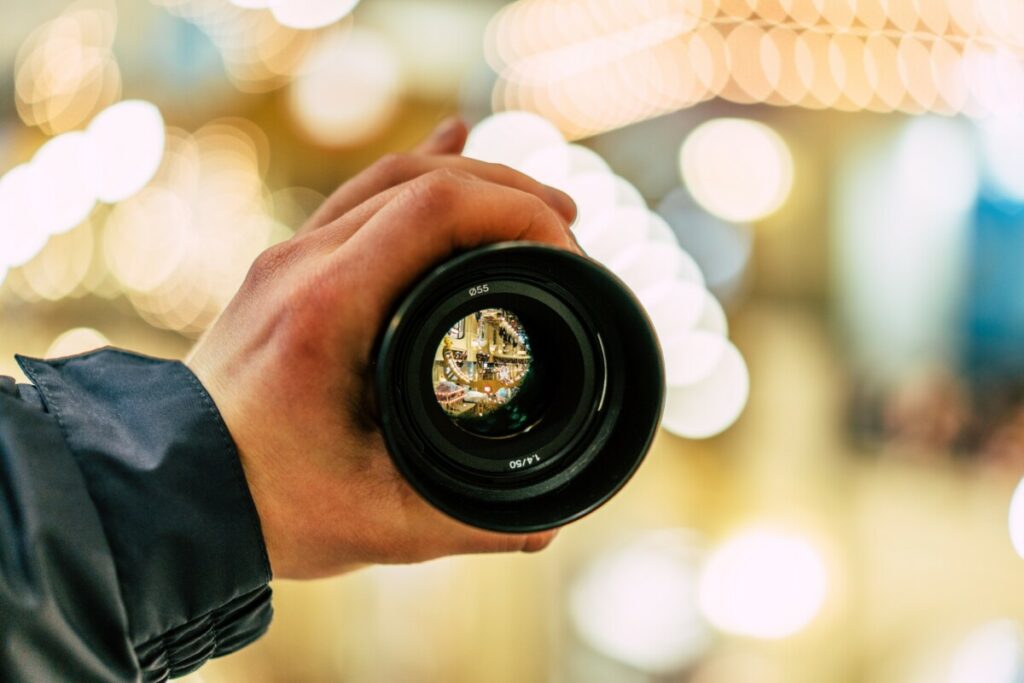
Photographers frequently use an 85mm lens because of its adaptability and capacity for producing narrow depth of focus. There are several important factors to take into account when choosing an 85mm lens for your camera:
Aperture
A lens’s aperture, which is represented by a number like f/1.4 or f/2.8, is measured in f-stops and the wider the aperture and the lower the f-stop number, the more light the lens can capture. When shooting in low light or when you want to get a deep depth of field, this is important.
You can achieve a more dramatic bokeh with a lens that has a wider aperture like f/1.4, but a lens with a narrower aperture like f/2.8 will be more useful for everyday photography.
Image Quality
When choosing a lens, image quality is an important factor to take into account therefore you should look for lenses with good contrasst, minimum distortion, and sharpness. Low-distortion lenses will help to keep the straightness of lines and stop them from distorting.
Autofocus
The ability of the lens to concentrate on the subject automatically is known as autofocus. Search for lenses with an autofocus system that is swift and precise so that they can concentrate on your subject with ease.
Construction
A lens’s construction is extremely necessary and you should check out lenses that are well-constructed and built of premmium materials. In general, lenses made of metal and glass are more enduring and have higher build quality than lenses made of plastic.
Image Stabilization
When using a slow shutter speed, image stabilization can help to lessen camera shake and blur, and when photographing handheld or in low light, this capability is extremely helpful.
Price and Brand
Last but not least, brand and pricing should also be taken into consideration when choosing a lens.
A large selection of 85mm lenses is available from well-known manufacturers including Canon, Nikon, Sony, and Sigma at various price points and when making your choice, it’s important to take your budget into account as well.
So, it’s important to take into account the aperture, image qualityy, autofocus, construction, image stabilization, brand, and pricing when choosing an 85mm lens for your camera.
You may pick a lens that suits your requirements and will help you in producing high-quality photographs by taking into account these elements.
How to Adjust the Settings of the Camera, on Using an 85mm Lens?
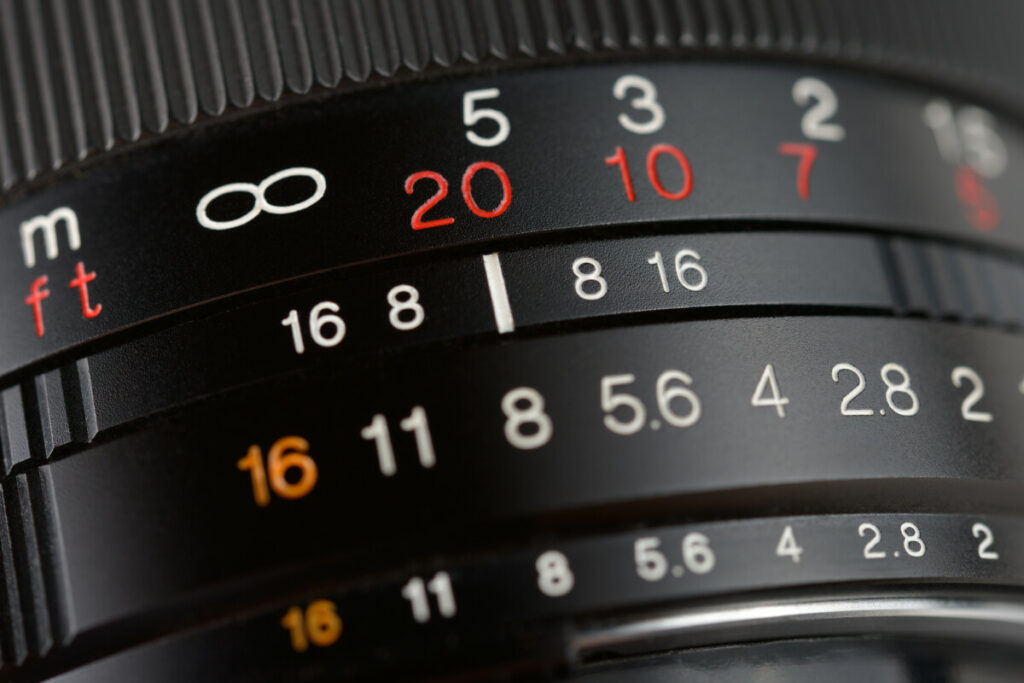
There are a few important factors to take into account when using an 85mm lens on a camera to get the finest outcomes.
- The first step is to set the aperture to a low f-stop value, such as f/1.4 or f/1.8.
This will enable a short depth of field, which can be used to separate the subject from the background and provide a lovely bokeh effect. In low light conditions, choosing a low f-stop will also let more light into the lens, which can be helpful.
- A fast shutter speed, such as 1/500th of a second or faster, should also be used.
In the end, the subject will be sharp and clear because this will help to freeze any motion in the scene. Additionally, motion and sports photography can be captured using a quick shutter speed.
- Thirdly, the ISO should be set as low as it can go, ideally under 800.
A high ISO can result in noise and blur in the final image, lowering the quality overall. To enssure good exposure, it might be essential to increase the ISO in low-light conditions.
- Fourth, single point or selective focus should be chosen as the camera’s focus mode.
This will guarantee that the desired subject is being focused on and not the background. In order to precisely adjust the focus point for the best results, the camera’s focus setting should be set to manual.
- Finally, when using an 85mm lens, it is important to think about how the scene is framed.
Although the lens is excellent for portraiture, it may also be utilized for other kinds of photography, including still life, landscape, and street photography. The lens can be employed for close-up photographs as well as for wider shots that incorporate both the background and the subject.
In conclusion, an 85mm lens is a flexible lens that, when used properly, may give stunning results. You can make sure that your photos are sharp, clear, and visually attractive by using a low f-stop setting for the aperture, a rapid shutter speed, a low ISO setting, a single point or selective focus setting for the focus mode, and composition.
Cameras that Will Work Perfectly with 85mm Lenses

For photographers, an 85mm lens is a popular and verssatile lens option that can be used with a range of camera types and models.
The 85mm lens is a fantastic choice for portraits, events, and other forms of photography on full-frame cameras like the Canon EOS R or the Canon 5D Mark IV. These cameras’ bigger sensors allow for a deeper depth of field and a more noticeable bokeh effect because the lens is made to operate with them.
The 85mm lens can be used as a portrait lens or for various forms of photography with crop sensor cameras such as the Canon EOS Rebel T7i or the Nikon D5600.
The lens must be used with a smaller sensor, which may result in slightly different-looking photographs than with full-frame cameras. You’ll have a longer focal length with the lens, which is wonderful for portraiture but could make the background appear farther away.
With an 85mm lens, mirrorless cameras like the Sony A7 III or the Fujifilm X-T3 can also produce good results. These cameras have the benefit of being lightweight and tiny, which can make them perfect for photography while on the go.
Many mirrorless cameras also come with high-resolution electronic viewfinders, which come in handy for framing and focusing photographs while using an 85mm lens.
A lens with a focal length of 85 mm can be used with a range of camera types, including full-frame, crop sensor, and mirrorless models. A lens is a fantastic option for portraits and other kinds of photography, but the camera type and sensor size may have an impact on how the image turns out.
Frequently Asked Questions
What is the 85mm lens best known for?
If you ever talk with a portrait photographer, you will notice that the main lens he or she uses is an 85mm lens. These lenses are super famous as their second name is portrait lenses!
Do 85mm lenses have built-in stabilization?
Most 85mm lenses own image stabilization within, but still, the best known is Canon EF 85mm f/1.4L IS USM which works amazingly without the need to turn on your camera’s stabilization feature.
What is the most common aperture found in 85mm lenses?
An 85mm lens will come two you mostly in two ways of apertures. They are f/1.4 and f/1.8.
What is the special thing that 85mm lenses have?
Being considered portrait lenses, most 85mm lenses will come to you with an amazing bokeh effect! It is one of the most used effects during portrait photography as it helps during the focusing of the main subject of the photograph.
Further Reading
If you’ve enjoyed what you’ve read thus far, I strongly encourage you to do some further reading.
If you intend to build a collection of prime lenses with varying focal lengths, I have some good news for you. I also covered several other blogs, which feature the focal lengths you’ll need to hone and satisfy your photography skills.
I mentioned above that 85mm lenses are perfect and outstanding performers in portrait photography. However, you may have heard about nifty-fifty lenses as decent ones for portraits, but to find out more about them, you can check out some of the greatest 50mm lenses.
So you shoot landscapes every now and then? Nice one, we all love the beauty of mother nature. For that, I’ve included some excellent 35mm lenses that you should not overlook.
If you’re planning on getting personal and close to wildlife, that’s not a good idea. The same goes with sports, before you know the security will be right behind you.
Don’t worry though, I have a solution for that, and that’s none other than getting a telephoto lens.
For you sport and wildlife photographers, I have rounded up a list of great 150-600mm lenses.
Until next time, enjoy.

Photographer & Writer
I specialize in landscape, street and portrait photography and I have been featured in various galleries and publications. I believe that photography is a way to tell stories!
